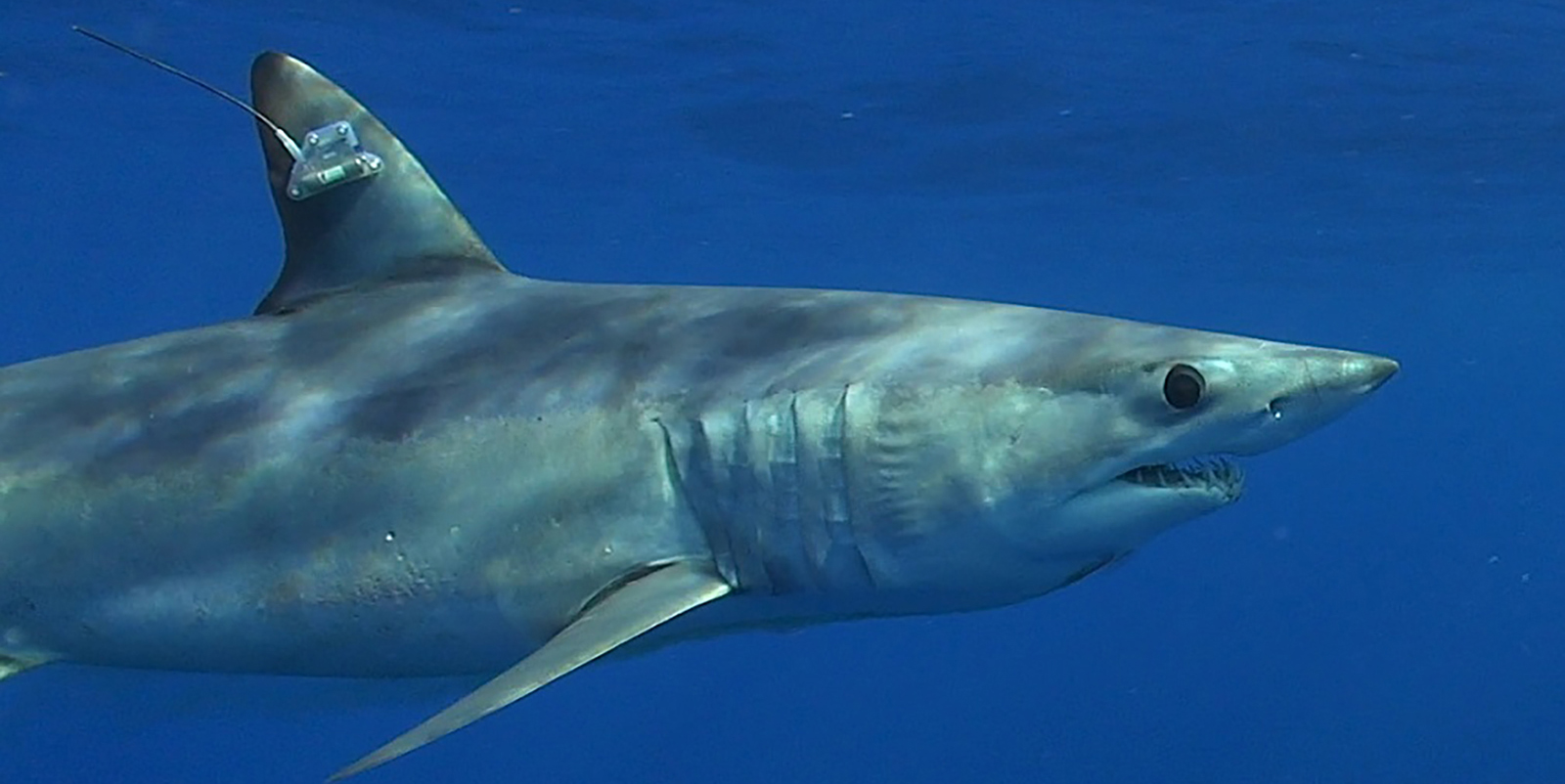Concerns Grow in Northeast Over Amphibian Diseases
March 12, 2020
As frogs and salamanders emerge from winter hibernation and migrate to their breeding ponds, herpetologists throughout the region are paying close attention to the growing number of diseases threatening amphibians in the Northeast.
The most worrisome is an infectious fungal disease called chytridiomycosis, or chytrid, which has caused major die-offs of frog populations in the tropics and elsewhere and is blamed for numerous frog extinctions in Latin America.
According to University of Rhode Island herpetologist Nancy Karraker, chytrid grows on the skin of frogs, and when it’s found on their drink patch — a site on their belly where they absorb water into their bodies — the fungus makes it impossible for the frogs to regulate how much water they absorb, causing them to become desiccated and die.
“Chytrid has been found in multiple species of frogs in the Northeast, but we haven’t seen massive die-offs here,” said Karraker, URI associate professor of natural resources science who has studied frogs around the world. “But that doesn’t mean that die-offs haven’t occurred, just that they haven’t been at the scale we’ve seen in South America. So we can’t say it’s not a problem here, and it certainly could become a serious problem.”
Some scientists believe that the disease originated in African clawed frogs, which were shipped around the world for use in human pregnancy tests from the 1940s to the ’60s. Many of the frogs escaped from captivity and could easily have spread the disease to native frogs in many places. Other scientists believe the fungus was ubiquitous around the globe and that, initially, the only frogs that died were those with compromised immune systems.
“I don’t know where the greatest weight of support is for those ideas today,” Karraker said. “But maybe our frogs aren’t as susceptible because they’re not facing the kinds of stressors that may have impacted frogs in other places. Or it could be something to do with their natural history. We just don’t know, and that’s partly why I’m worried.”
In 2010, Antioch University New England graduate student Mandy Gaudreau, working in collaboration with Lou Perrotti, conservation director at Roger Williams Park Zoo, swabbed 47 frogs and toads at 11 sites in Rhode Island and detected chytrid in 21 percent of the samples.
“What struck me about her results is that most of the ponds where she found chytrid were manmade ponds — farm ponds, retention ponds,” Perrotti said. “Why was it in those and not in the natural wetlands?”
He also wonders whether climate has an effect.
“Frogs in Panama got wiped out. Costa Rica got wiped out. It seems like it’s worst at that certain temperature range,” Perrotti said. “Maybe our winters knock it back and keep it from becoming prevalent. Tropical frogs don’t have the seasonality that we have here.”
Chytrid, however, isn’t the only disease threatening amphibians and reptiles in the Northeast.
Scott Buchanan, a herpetologist at the Rhode Island Department of Environmental Management’s Division of Fish and Wildlife, is particularly concerned about ranavirus, an infectious disease that has caused die-offs of reptiles, amphibians, and fish in 20 states, including box turtles in the Northeast.
In frogs and toads, it especially affects the tadpole stage, causing skin hemorrhages, erratic swimming, buoyancy problems, and the inability to right themselves in the water.
“We know it’s here, it’s in our environment, but if and when it becomes active is hard to predict,” he said.
Buchanan is also tracking a fungal disease in snakes, a herpes virus in turtles, and chytrid in salamanders.
“Salamander chytrid has had devastating effects on salamanders in Europe over the last five to ten years, and it’s considered an eventuality that it will be brought into the U.S. one way or another and run through our salamanders,” he said. “The eastern U.S. is a global hot spot of salamander diversity, and a lot of research is going on now to determine how virulent it is, are particular species susceptible, and what are their natural defenses.”
“What’s notable for us,” Karraker said, “is that it’s usually really hard to change the rules for importing animals for the pet trade, but in 2016, legislation was passed that prevented the import of 201 species of salamanders to prevent the introduction of the disease into the U.S. That’s a landmark bit of legislation to protect our native species.”
Buchanan said it’s up to biologists and others working in area wetlands to follow strict protocols to prevent the spread of the diseases, such as regularly disinfecting their boots, equipment, and tools as they move from site to site around the region.
“We have to be vigilant about potentially transferring diseases from one wetland to another,” he said. “Because we move from one wetland to the next throughout the day and throughout the season, there’s real potential that we could move it around with us, and we often go to the most important sites and monitor the most sensitive species.
“It’s something we take really seriously. We know how quickly things can change here, we know disease pandemics can happen quickly, move around quickly, and cause devastating impacts on populations. And if it doesn’t wipe them out completely, it can take decades for them to recover.”
Rhode Island resident and author Todd McLeish runs a wildlife blog.



